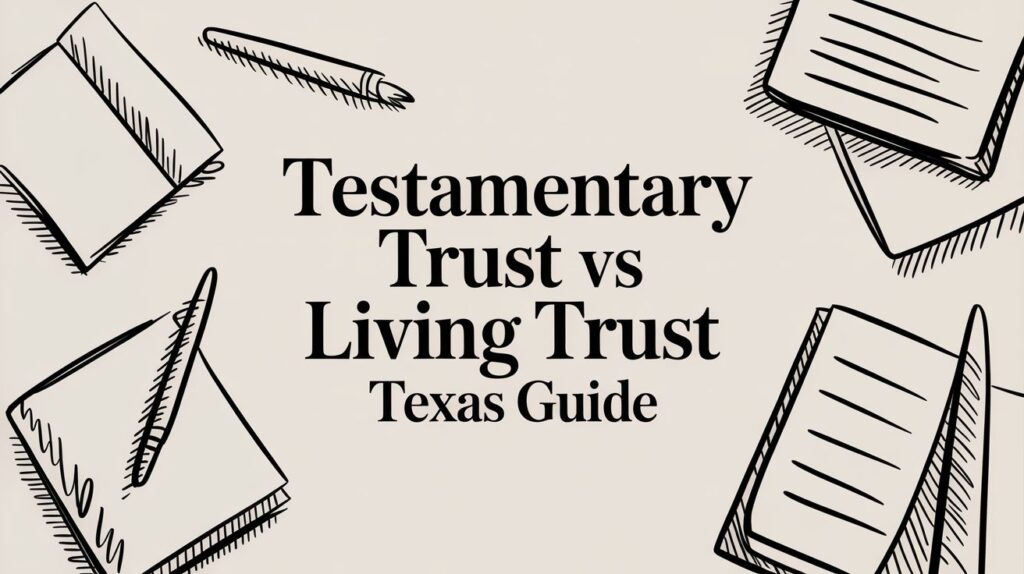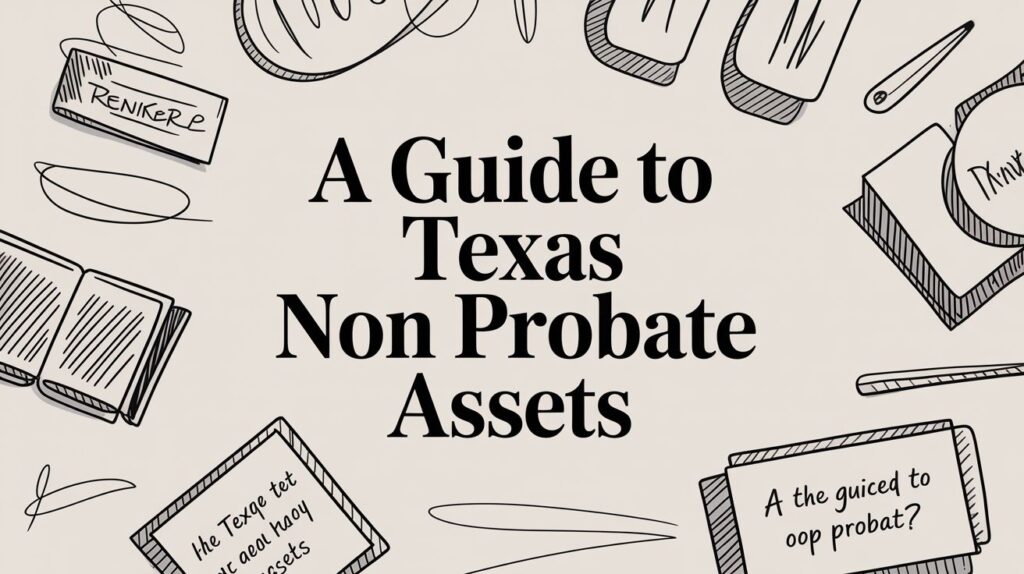If you’re searching for how to file a will probate form in Texas, chances are you’ve recently lost a loved one and now find yourself stepping into the unfamiliar role of executor. First of all, take a deep breath. Navigating probate in Texas doesn’t have to be overwhelming. While there are procedures and paperwork, it’s a manageable process when broken down step-by-step. And that’s exactly what this guide will do for you.
In this article, we’ll walk you through how to file a will probate form in Texas, including how to prepare for court, gather the right documents, and ultimately obtain Letters Testamentary—your official proof that you’re legally allowed to act on behalf of the estate. We’ll use real-life examples, offer tips from probate attorneys, and break down confusing legal terms into everyday language. Whether you’re handling a simple estate or something more complex, you’re in the right place.

Understanding Probate in Texas
Probate is the legal process that occurs after someone dies to settle their estate. In Texas, probate validates a person’s will and officially appoints someone to manage their estate (called the executor). The person handling these duties files a will probate form with the probate court in the county where the deceased resided.
One of the most critical documents you’ll pursue is known as “Letters Testamentary.” This court-issued document gives you the legal authority to gather the deceased person’s assets, pay off debts, and distribute property to the rightful heirs. Without this, banks, title companies, and financial institutions won’t talk to you.
Texas law provides several types of probate, but the most common route—especially if there’s a valid will—is independent administration. That means less court supervision, fewer hearings, and more freedom for the executor to manage the estate. But to begin, you must file a will probate form.
Real-Life Example: Linda’s Learning Curve
Linda, a 47-year-old mother of two in Dallas, lost her father unexpectedly. His will named her as executor, but she had no legal experience. When she Googled “how to file a will probate form in Texas,” she was bombarded with terms like affidavits, notices, and Letters Testamentary. Overwhelmed, she contacted a local probate attorney who helped her file the necessary paperwork. Within a few months, Linda had secured Letters Testamentary and was able to sell her father’s house, close his accounts, and distribute assets to family members.
Linda’s experience shows that while the process can be intimidating at first, it’s doable with guidance, planning, and patience.
Step 1: Locate the Original Will
Before filing anything, you need the original signed will. In Texas, courts require the actual ink-signed version—not a photocopy—unless you can show why it’s unavailable.
Look in:
- Fireproof safes
- Safety deposit boxes
- Home office files
- With the decedent’s attorney
Once located, don’t alter or remove staples from the will, as this can raise red flags about tampering. Place it in a secure folder and keep it clean and intact.
Step 2: Determine the Appropriate Probate Court
The next part of understanding how to file a will probate form in Texas is knowing where to file. In most cases, probate is filed in the county court where the deceased resided at the time of death. Large counties like Harris or Travis have dedicated probate courts. Smaller counties may use the county court-at-law.
Check the county court’s website or contact the clerk to confirm the appropriate jurisdiction. Filing in the wrong venue can delay your case significantly.
Step 3: Hire a Probate Attorney (Often Required)
In Texas, many probate courts require that the executor be represented by a licensed attorney. That’s because the executor acts as a fiduciary on behalf of others (the estate), and representing others in court typically requires a lawyer. Even if not mandatory, hiring an attorney ensures proper compliance and can prevent costly mistakes.
Attorneys can:
- Draft and file the will probate form
- Help prepare supporting documents
- Attend hearings with you
- Answer questions about estate debts and assets
If cost is a concern, some attorneys offer flat-fee packages for straightforward probate cases.

File a Texas Will Probate Application and Obtain Letters Testamentary
This is the formal start of the probate process. Your attorney will file a document called an Application for Probate of Will and Issuance of Letters Testamentary with the court. This document contains:
- The deceased’s full name and date of death
- A statement confirming jurisdiction
- An assertion that the will is valid and unrevoked
- A request for the named executor to be appointed
- A request to admit the will into probate
This application triggers a mandatory waiting period—often about two weeks—during which the court posts notice at the courthouse to alert any potential challengers to the will.
Step 5: Attend the Probate Hearing
Once the waiting period ends, the court schedules a brief hearing. The executor (you) will attend with your attorney to:
- Swear an oath of office
- Confirm the will’s validity
- Request Letters Testamentary
If all goes smoothly, the judge signs an order admitting the will to probate and authorizes issuance of Letters Testamentary. The hearing typically lasts 15–20 minutes and rarely includes a jury unless the will is contested.
Step 6: Receive Your Letters Testamentary
Now comes the moment you’ve been working toward. Once the judge signs the order, the court clerk prepares the Letters Testamentary, which are official court documents with a raised seal that authorize you to act on the estate’s behalf.
You can request multiple copies for use at:
- Banks
- Investment firms
- Title companies
- Insurance agencies
- Government offices (like the IRS or Social Security Administration)
Keep at least 3–5 certified copies on hand, as most institutions will ask to keep a copy for their records.
Step 7: Notify Beneficiaries and Creditors
Texas law requires the executor to notify:
- Named beneficiaries in the will
- Secured creditors, such as mortgage holders
- Unsecured creditors, like credit card companies
This step includes mailing letters and publishing a legal notice in a local newspaper. These notices must be sent promptly and documented to prove compliance.
Failing to notify the correct parties can expose the executor to liability, so this isn’t a step to rush or skip.
Step 8: File an Inventory and Appraisement
Within 90 days of receiving Letters Testamentary, you must file an Inventory, Appraisement, and List of Claims with the court. This document:
- Lists all estate assets and their estimated value
- Includes any debts owed to the estate
- Identifies claims the estate may owe
The court uses this filing to verify the estate’s contents and ensure proper distribution. If assets are misrepresented, it can lead to court sanctions or personal liability for the executor.

In some cases, you can file an affidavit in lieu of inventory if all beneficiaries have been identified and no debts remain—but this must be approved by the court.
Real-Life Example: Carla’s Inventory Oversight
Carla was appointed executor for her cousin’s estate. She filed the will probate form correctly and obtained Letters Testamentary, but forgot to include a life insurance policy on the inventory.
Months later, one of the beneficiaries noticed the omission. Carla was called back to court, and while she wasn’t punished, she had to amend the inventory, delay distribution, and explain the oversight to frustrated heirs.
Carla’s experience is a reminder that filing a will probate form in Texas is only part of the process—accurate record-keeping matters just as much.
Step 9: Distribute Assets and Settle Debts
Once the court is satisfied with your filings and all known creditors have been paid, you can begin distributing assets. This includes:
- Transferring property deeds
- Closing accounts
- Distributing funds to beneficiaries
Texas law requires that you follow the will’s instructions precisely. If the will is vague, your attorney may request a court interpretation or clarification.
Keep receipts for all distributions and have beneficiaries sign acknowledgment forms. These records will help you when closing the estate.
Step 10: Close the Estate
The final step is to close the estate formally. This includes filing a final accounting and requesting discharge as executor.
Depending on the county, the court may require:
- A formal closing affidavit
- Beneficiary release forms
- A motion to close the estate
Once accepted, you’re released from your duties—and the probate process is officially complete.
Common Mistakes When Filing a Will Probate Form in Texas
Even diligent executors make mistakes. Some of the most common errors include:
- Filing in the wrong county
- Using a copy instead of the original will
- Forgetting the inventory deadline
- Failing to notify creditors
- Not requesting enough certified Letters Testamentary

Each misstep can delay the process or create legal headaches. That’s why understanding how to file a will probate form in Texas is about more than paperwork—it’s about following a legal roadmap.
File a Texas Will Probate Application and Obtain Letters Testamentary
Learning how to file a will probate form in Texas and obtain Letters Testamentary can seem overwhelming at first, but it’s a structured and logical process. With the right guidance, clear communication, and detailed record-keeping, you can fulfill your duties as an executor honorably and efficiently.
Remember, the goal isn’t just to complete paperwork—it’s to honor the legacy of someone who trusted you with their final wishes. Taking the time to do it right means peace of mind for you and fairness for everyone involved.








